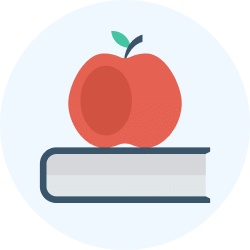Grade 2 Exam > Grade 2 Notes > Social Studies for Grade 2 > Chapter Notes: Read Maps
Read Maps Chapter Notes | Social Studies for Grade 2 PDF Download
| Table of contents |

|
| Introduction |

|
| Read a Letter-Number Grid |

|
| Use a Letter-Number Grid |

|
| Introduction to Cardinal Directions |

|
| Read a Map: Cardinal Directions |

|
| Use a Map Key |

|
Introduction
Maps are like special pictures that show us places! They help us find where things are, like houses, parks, or schools. In this chapter, we will learn how to read and use maps in fun and easy ways. We will explore how to use a letter-number grid to find places, understand directions like north and south, and use a map key to know what different symbols mean. Let’s get started and become map experts!
Read a Letter-Number Grid
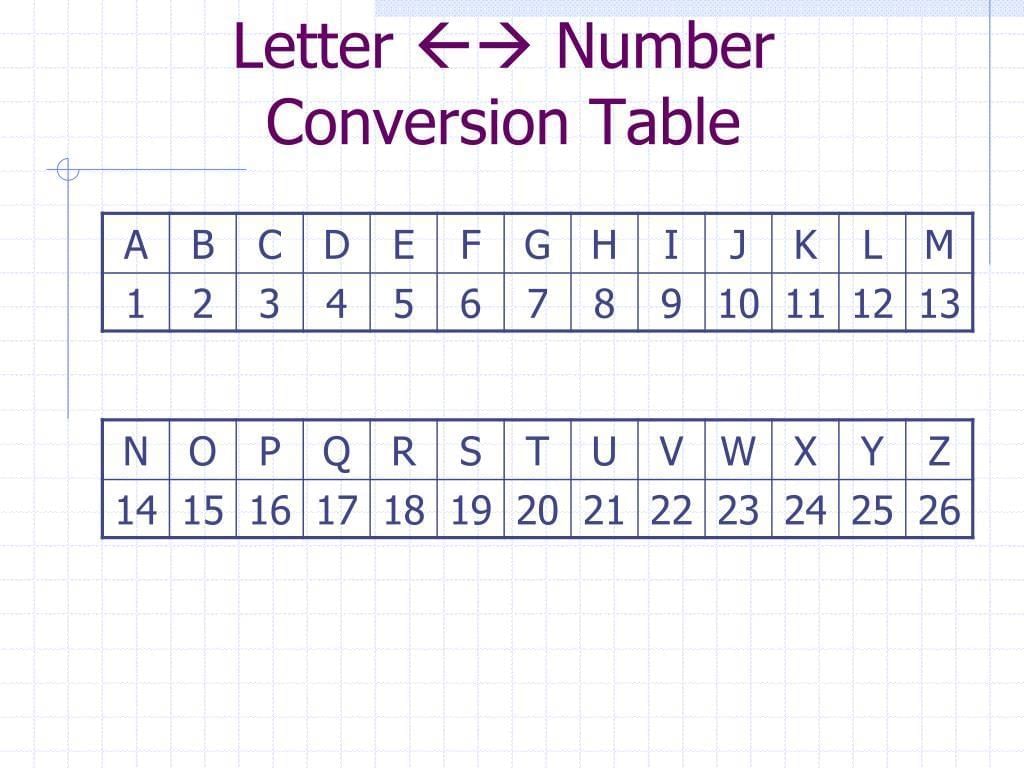
- A letter-number grid helps us find places on a map.
- It has letters on one side (like A, B, C) and numbers on another side (like 1, 2, 3).
- Each spot on the map has a letter and a number, like A1 or B3.
- To find a place, look at the letter first, then the number.
- For example, if someone says “Find the park at B2,” look where row B and column 2 meet.
- The grid makes it easy to find things quickly without getting lost.
- Always check both the letter and number to get the exact spot.
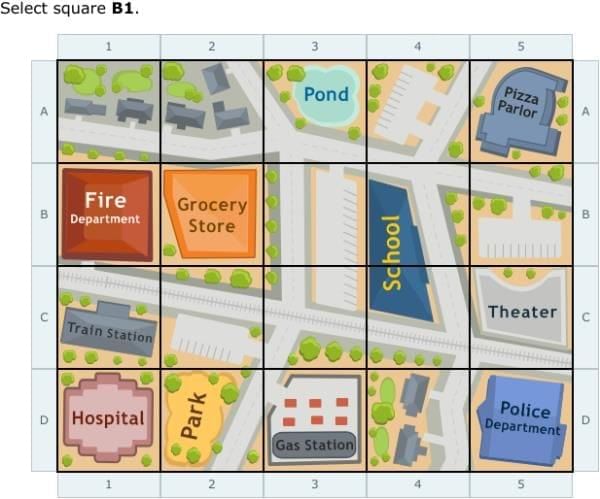
Practice looking at the grid to find places like a school, house, or store.
Use a Letter-Number Grid
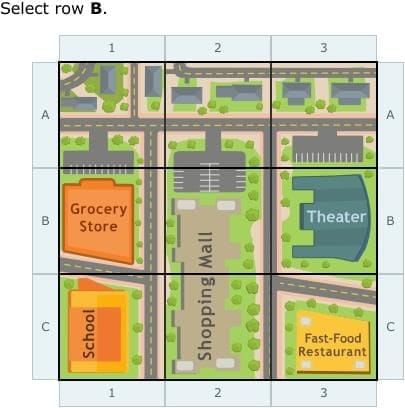
- Using a letter-number grid is like playing a treasure hunt game!
- First, find the letter on the side of the map (like A or C).
- Then, find the number on the top or bottom (like 1 or 4).
- Follow the letter to where it meets the number to find the place.
- For example, to find a library at C3, go to row C and column 3.
- You can also use the grid to tell someone where something is.
Introduction to Cardinal Directions
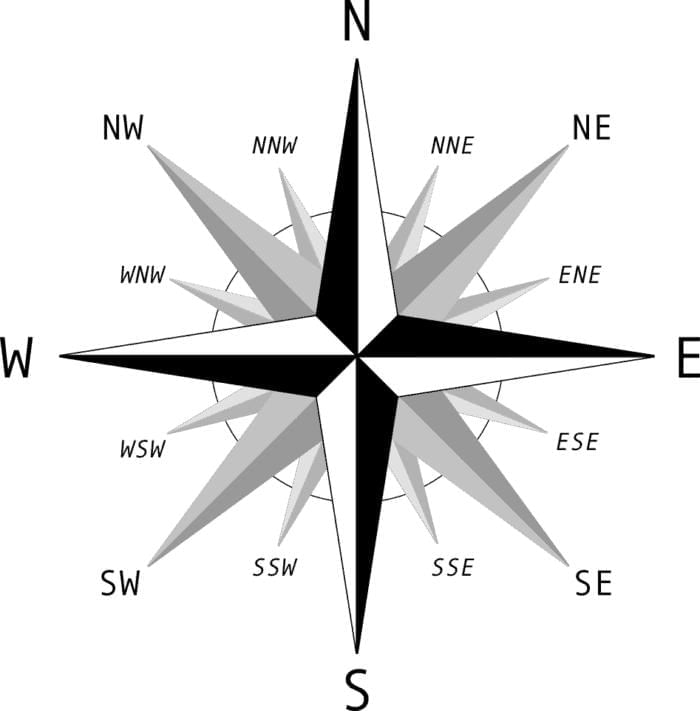
- Cardinal directions are the main directions: North, East, South, and West.
- North is up on most maps, like toward the top of the page.
- South is down, toward the bottom of the map.
- East is to the right, and West is to the left.
- These directions help us know which way to go.
- For example, if a map says the zoo is north of the school, look up from the school.
- Maps often have a compass rose to show these directions.
- A compass rose is a small picture on the map with arrows pointing to North, East, South, and West.
Tip: Learning cardinal directions helps us understand maps better.
Read a Map: Cardinal Directions
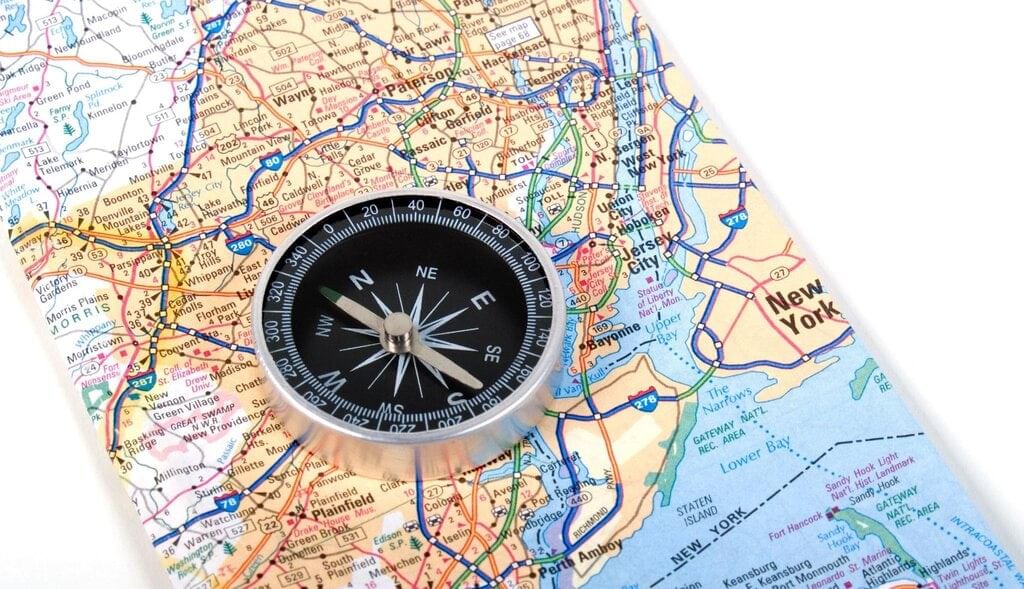
- To read a map with cardinal directions, find the compass rose first.
- The compass rose shows where North, East, South, and West are.
- Use the compass rose to figure out which way places are on the map.
- For example, if the store is east of the park, look to the right of the park.
- For example, if the store is east of the park, look to the right of the park.
Use a Map Key
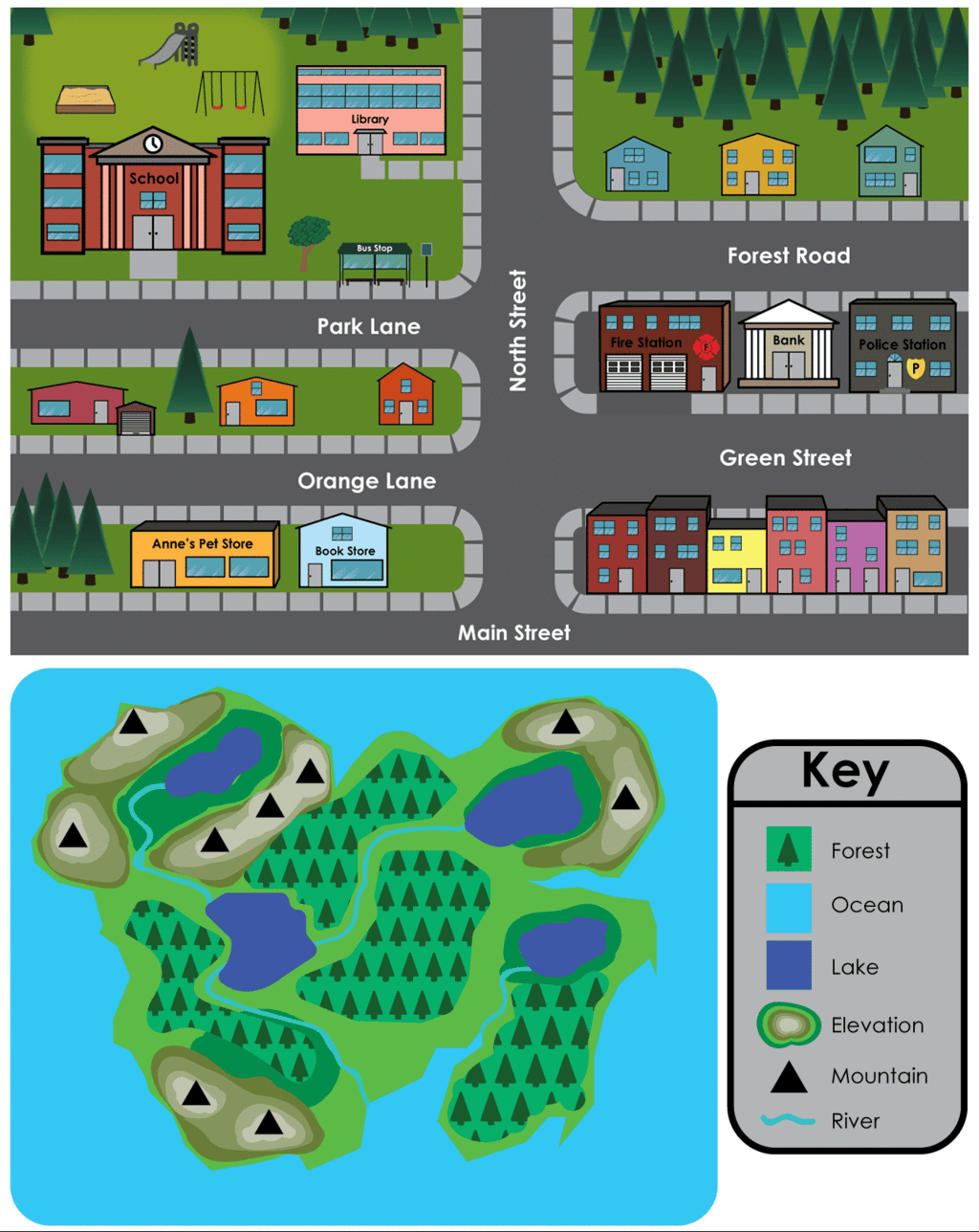
- A map key is like a guide that explains what symbols on a map mean.
- It shows pictures or symbols and tells what they stand for.
- For example, a small tree symbol might mean a park or forest.
- A blue line might mean a river, and a red dot might mean a school.
- Look at the map key before reading the map to understand the symbols.
- Using the map key helps you know what you’re looking at on the map.
Practice finding symbols on a map and matching them to the map key.
The document Read Maps Chapter Notes | Social Studies for Grade 2 is a part of the Grade 2 Course Social Studies for Grade 2.
All you need of Grade 2 at this link: Grade 2
FAQs on Read Maps Chapter Notes - Social Studies for Grade 2
| 1. What is a Letter-Number Grid and how is it used? |  |
Ans. A Letter-Number Grid is a tool used to locate specific points on a map. It consists of letters and numbers along the edges, creating a coordinate system. Each cell in the grid corresponds to a unique combination of a letter and a number, allowing users to easily find locations by identifying the correct coordinates.
| 2. How can I identify cardinal directions on a map? |  |
Ans. Cardinal directions are the four main points of a compass: North, South, East, and West. On a map, these directions are usually indicated with an arrow or a compass rose. North is typically at the top of the map, South at the bottom, East to the right, and West to the left. Understanding these directions helps in navigating and orienting oneself on a map.
| 3. What is a map key and how does it help in reading a map? |  |
Ans. A map key, or legend, is a section of the map that explains the symbols and colors used on the map. It helps the reader understand what different symbols represent, such as roads, rivers, landmarks, and other features. By referring to the map key, users can interpret the information presented on the map accurately.
| 4. Why is it important to know how to read maps in Grade 2? |  |
Ans. Learning to read maps in Grade 2 is important because it develops spatial awareness and critical thinking skills. Understanding maps helps children navigate their environment, enhances their ability to follow directions, and introduces them to geography. These skills are foundational for future learning in social studies and other subjects.
| 5. Can you explain how to use a Letter-Number Grid to find a location? |  |
Ans. To use a Letter-Number Grid, first identify the letter and number of the desired location. For example, if you want to find the location marked "B3," locate the column labeled "B" and then move down to row "3." The intersection of the letter and number will point you to the specific cell, helping you find the exact location on the map.
Related Searches


